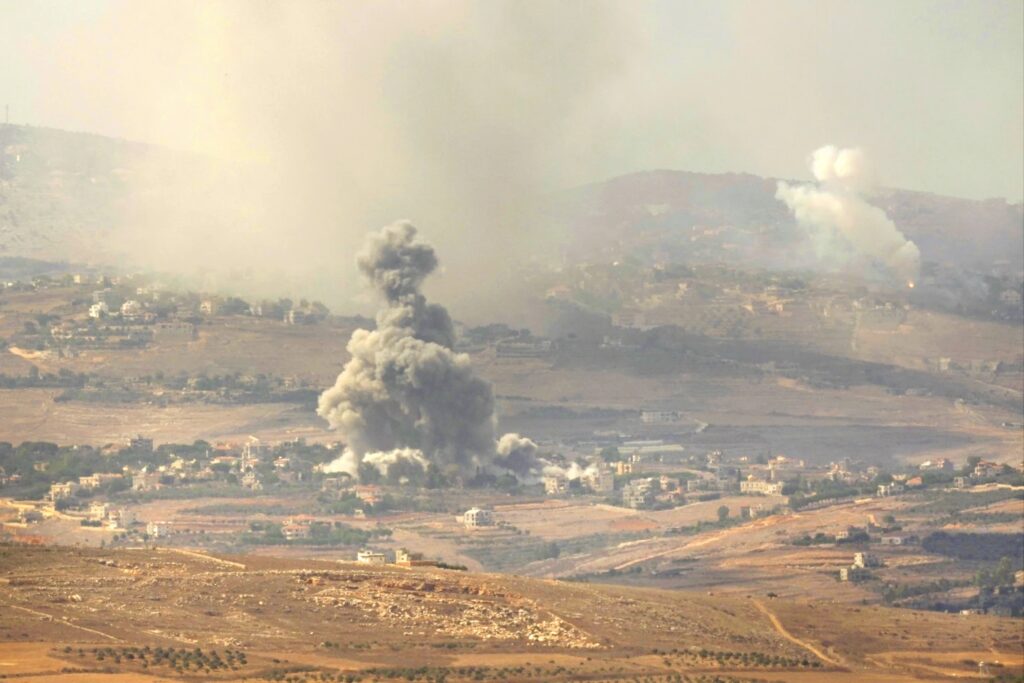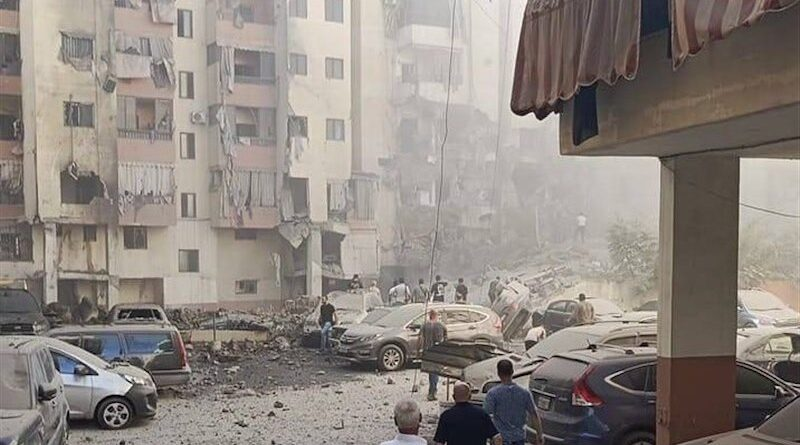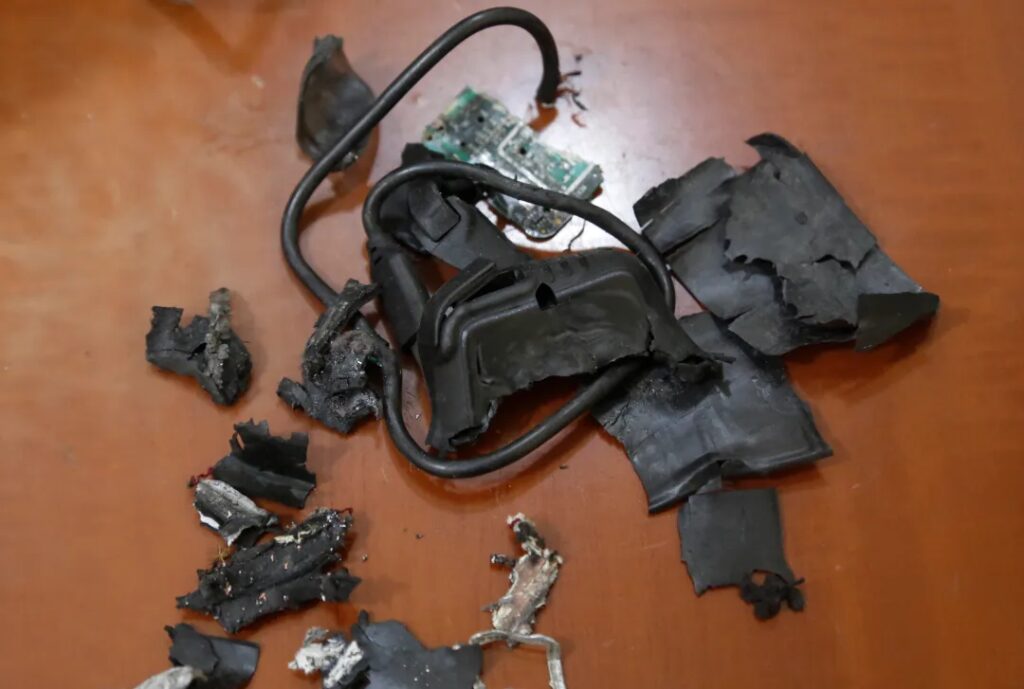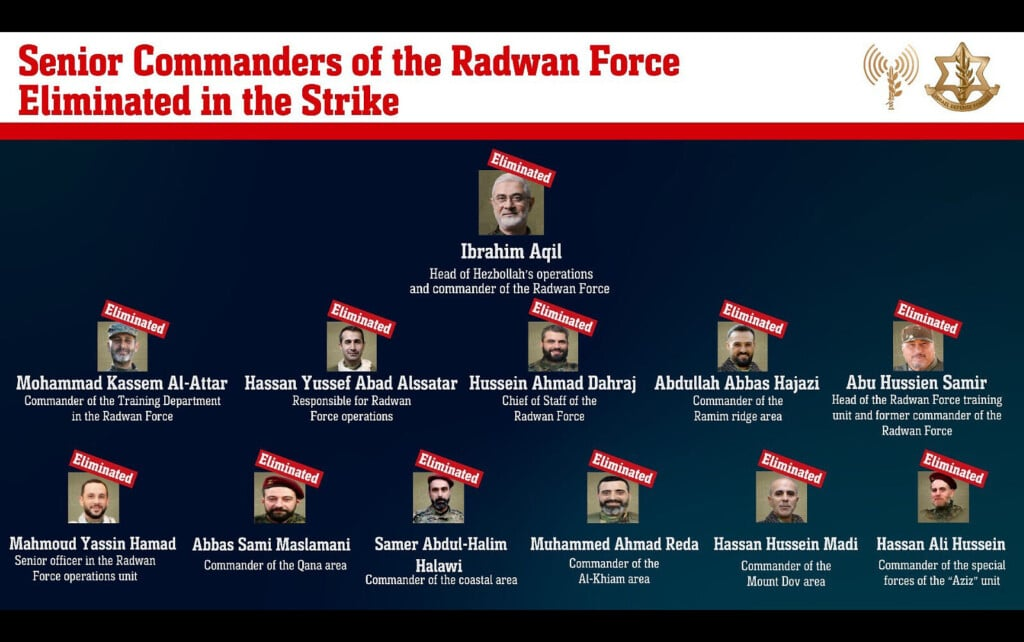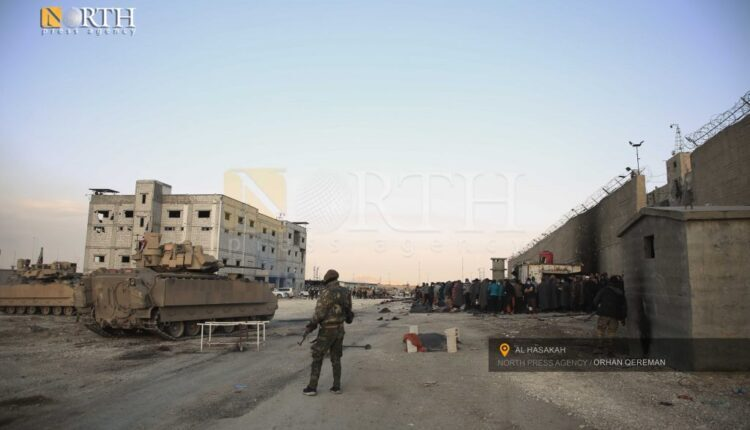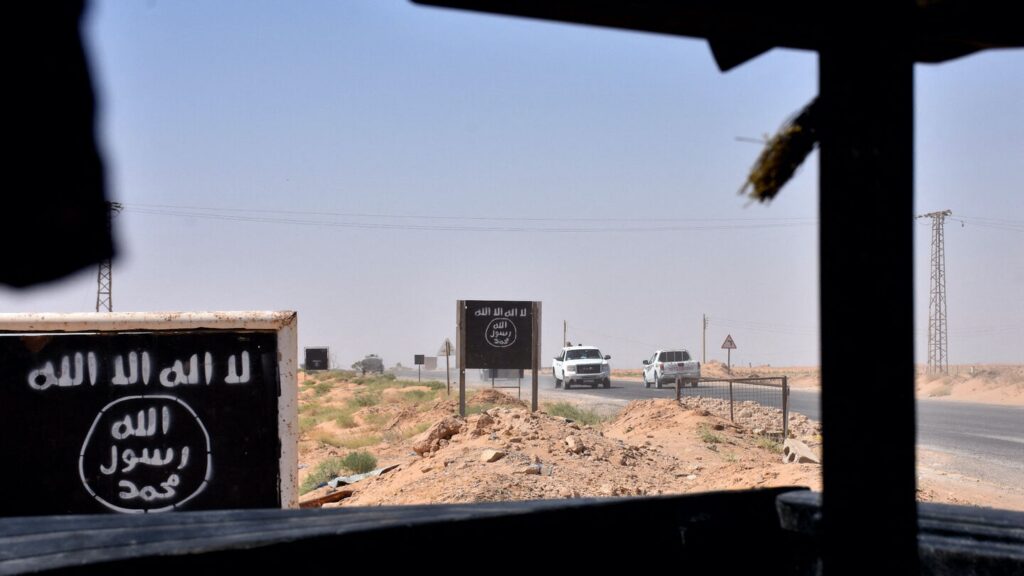Hizbullah Leader Nasrallah, Seven Months Before Pager Attack: Especially The Fighters And Their Families Should Refrain From Using Cell Phones – Disable Them, Bury Them, Lock Them In A Metal Box; We Have Taken Internal Measures To Deal With This

Source: Online Platforms – “Spot Shot (Lebanon) on YouTube”
Hizbullah Secretary-General Hassan Nasrallah said in a speech that was posted to the Spot Shot YouTube channel on February 13, 2024 that Israel does not need human collaborators because people carry cell phones with them wherever they go. He said that Israel taps people’s cell phones and monitors their location, conversations, data, images, and families, whether they are at home, at work, or in the car. He said that Israel even knows in which seat in the car a person is riding in, and he called on the “brothers” throughout southern Lebanon to refrain from using cell phones, which he referred to as “lethal collaborators,” and to disable or bury them for weeks, months, or however long is necessary in order to protect their security, lives, and honor. He added that people cannot live without their cell phones, but that Islamic law prohibits this during a time of war because it endangers people’s lives.

